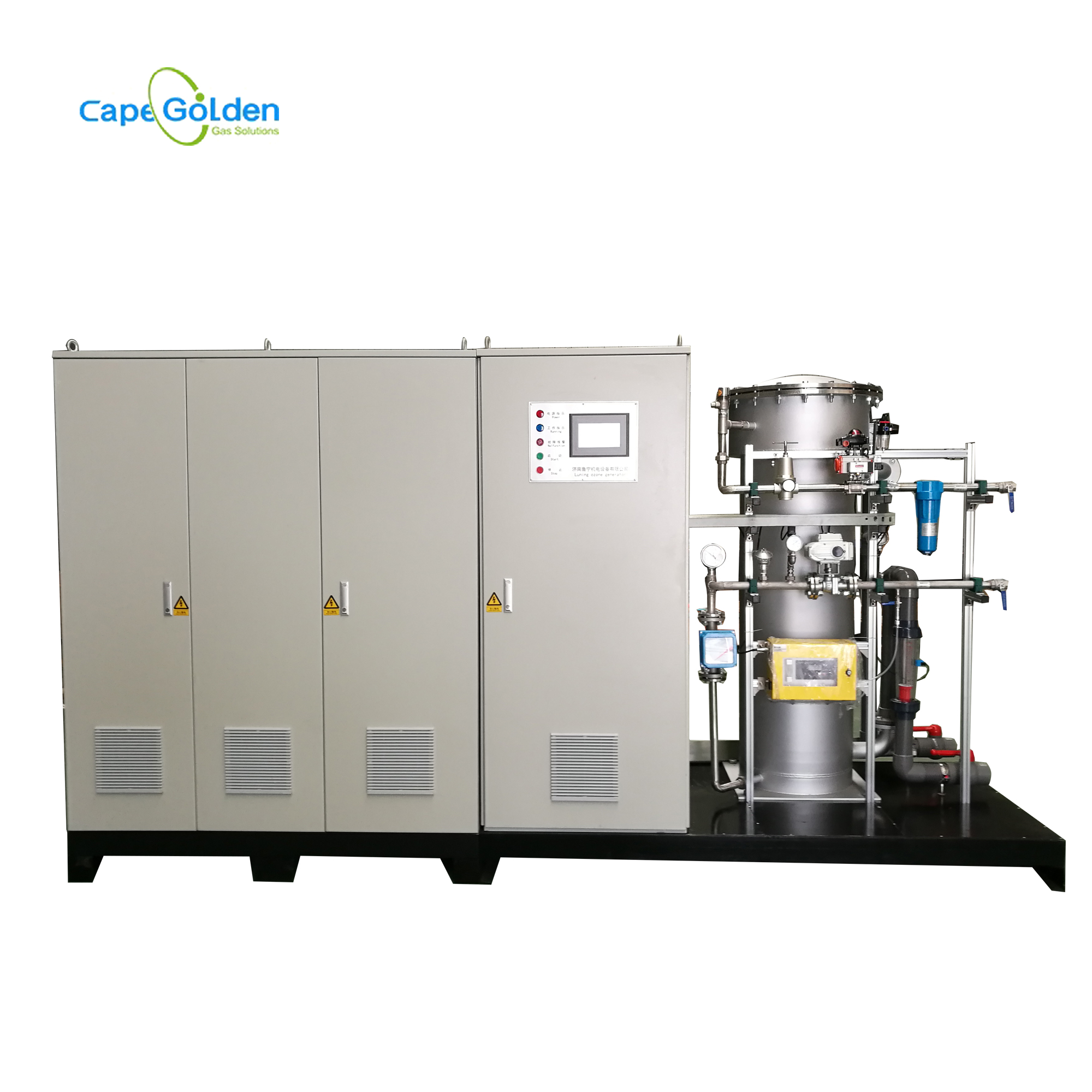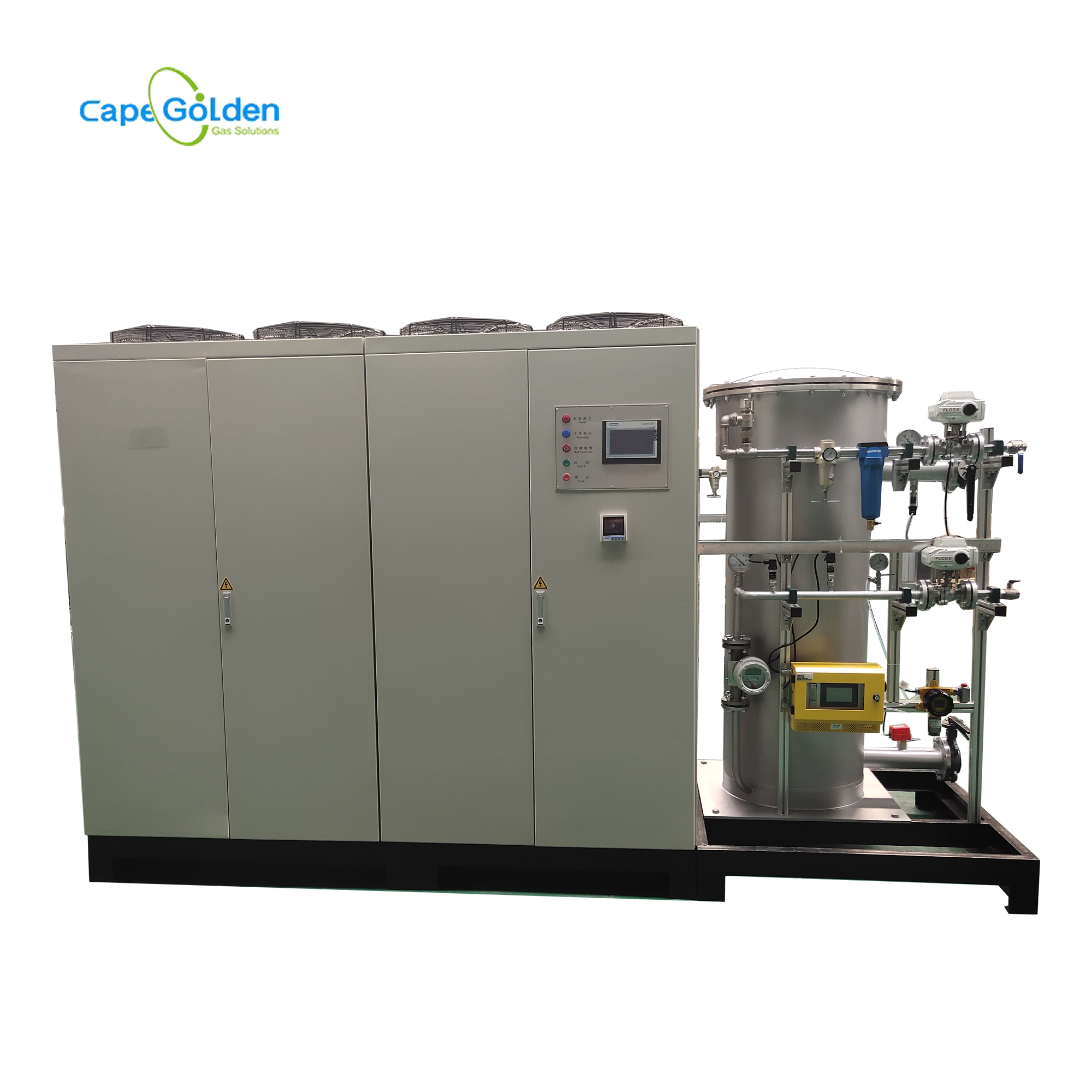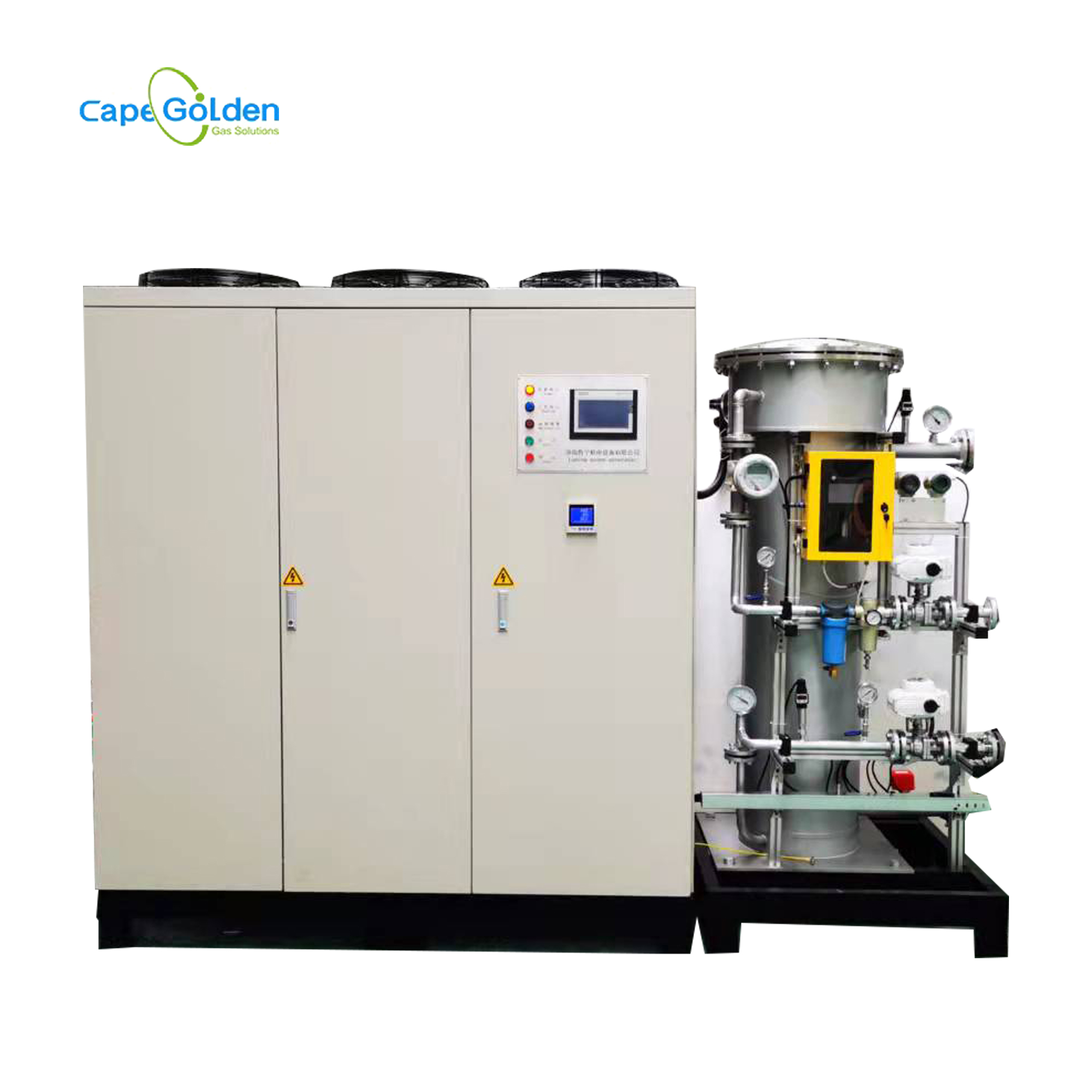Ozone is broadly used in the bottled water market due to its safety, simplicity and effectiveness. The ozonation process for bottled water involves a low concentration of ozone dissolved into the water, just before bottling, to disinfect the water, bottle, and cap. The process and system design are relatively straightforward. An integrated ozone injection system consists of an ozone generator, venturi injector, and recirculation pump. The in-process water enters a storage tank with a side loop, where ozone is injected into the water. The excess ozone off-gases from the water and exits through an ozone destruct at the top of the tank. The water then continues to the next step in the process, which differs depending on where the system is placed in the process. Ozone sensors can be used to monitor the ozone concentration at the injection point, the outlet of the storage tank, after the destruct unit, and at the point of use.
Main application scope:
★ Flue gas ozone denitrification
★ Deep treatment of tap water
★ Decoloration of printing and dyeing wastewater
★ Sewage treatment, COD degradation
★ Pulp bleaching
★ Chemical synthesis, spice oxidation
Equipment features:
Discharge chamber honeycomb structure, imported high borosilicate glass discharge tube, pressure, heat resistance, oxidation resistance
★ Optional concentration, oxygen source 120-200mg/L, air source 25-45mg/L
Adjustable output, 10-100% linear adjustment
IGBT inverter power supply, high power factor, will not produce high harmonic interference
★ Low power consumption, oxygen source 6-7 KW·h/kg, air source 12-14 KW·h/kg
★ Complete automatic configuration, optional communication mode
★ Compact and beautiful appearance
★ Compact and beautiful appearance
Technical Parameters
|
|
|
|
|
|
|
|
|
|
(mg/L)
Ozone concentration
|
|
|
|
|
|
|
|
|
|
|
|
|
|














